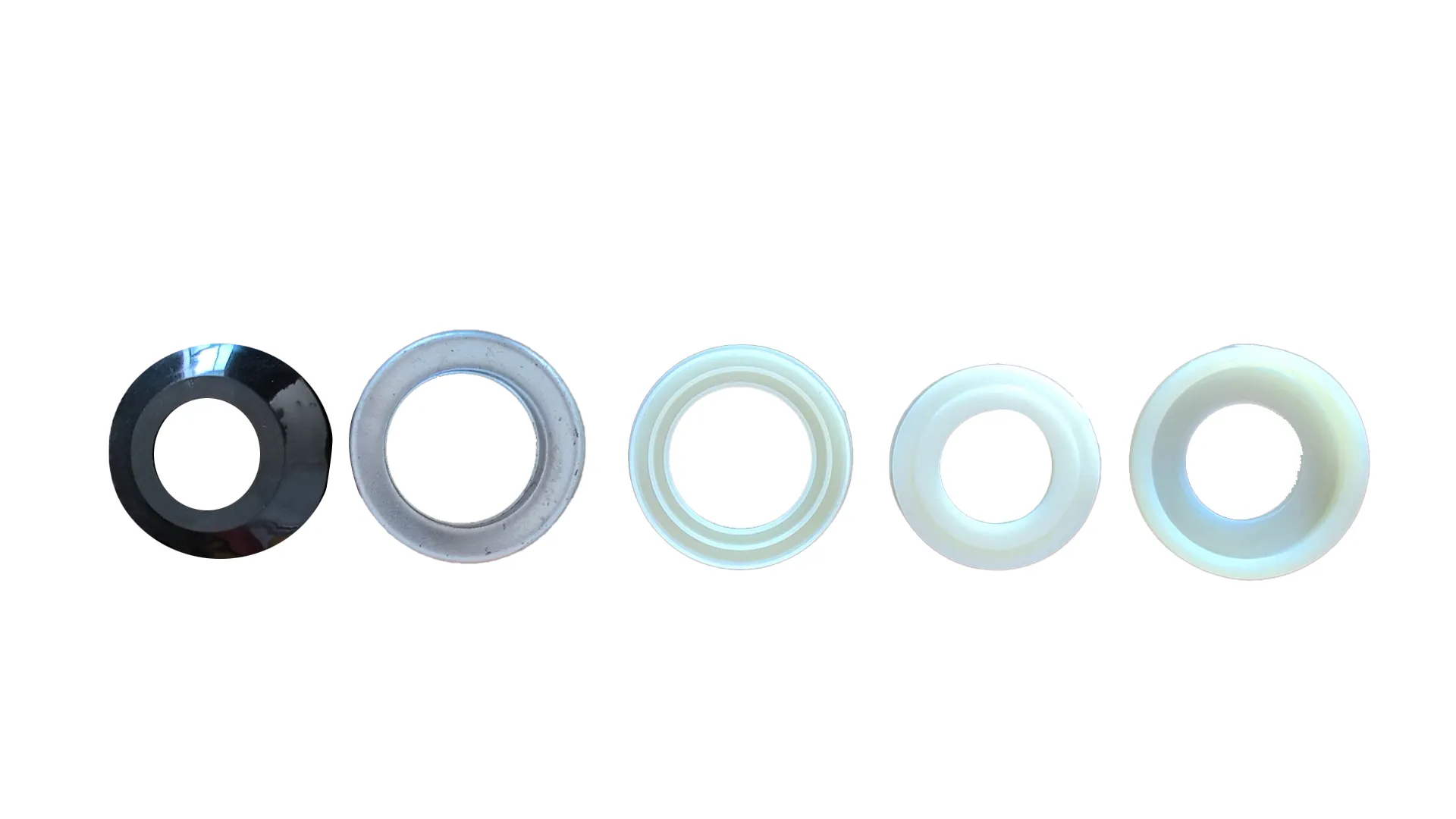 Afrikaans
Afrikaans  Albanian
Albanian  Amharic
Amharic  Arabic
Arabic  Armenian
Armenian  Azerbaijani
Azerbaijani  Basque
Basque  Belarusian
Belarusian  Bengali
Bengali  Bosnian
Bosnian  Bulgarian
Bulgarian  Catalan
Catalan  Cebuano
Cebuano  Corsican
Corsican  Croatian
Croatian  Czech
Czech  Danish
Danish  Dutch
Dutch  English
English  Esperanto
Esperanto  Estonian
Estonian  Finnish
Finnish  French
French  Frisian
Frisian  Galician
Galician  Georgian
Georgian  German
German  Greek
Greek  Gujarati
Gujarati  Haitian Creole
Haitian Creole  hausa
hausa  hawaiian
hawaiian  Hebrew
Hebrew  Hindi
Hindi  Miao
Miao  Hungarian
Hungarian  Icelandic
Icelandic  igbo
igbo  Indonesian
Indonesian  irish
irish  Italian
Italian  Japanese
Japanese  Javanese
Javanese  Kannada
Kannada  kazakh
kazakh  Khmer
Khmer  Rwandese
Rwandese  Korean
Korean  Kurdish
Kurdish  Kyrgyz
Kyrgyz  Lao
Lao  Latin
Latin  Latvian
Latvian  Lithuanian
Lithuanian  Luxembourgish
Luxembourgish  Macedonian
Macedonian  Malgashi
Malgashi  Malay
Malay  Malayalam
Malayalam  Maltese
Maltese  Maori
Maori  Marathi
Marathi  Mongolian
Mongolian  Myanmar
Myanmar  Nepali
Nepali  Norwegian
Norwegian  Norwegian
Norwegian  Occitan
Occitan  Pashto
Pashto  Persian
Persian  Polish
Polish  Portuguese
Portuguese  Punjabi
Punjabi  Romanian
Romanian  Russian
Russian  Samoan
Samoan  Scottish Gaelic
Scottish Gaelic  Serbian
Serbian  Sesotho
Sesotho  Shona
Shona  Sindhi
Sindhi  Sinhala
Sinhala  Slovak
Slovak  Slovenian
Slovenian  Somali
Somali  Spanish
Spanish  Sundanese
Sundanese  Swahili
Swahili  Swedish
Swedish  Tagalog
Tagalog  Tajik
Tajik  Tamil
Tamil  Tatar
Tatar  Telugu
Telugu  Thai
Thai  Turkish
Turkish  Turkmen
Turkmen  Ukrainian
Ukrainian  Urdu
Urdu  Uighur
Uighur  Uzbek
Uzbek  Vietnamese
Vietnamese  Welsh
Welsh  Bantu
Bantu  Yiddish
Yiddish  Yoruba
Yoruba  Zulu
Zulu Essential Parts and Components for Efficient Conveyor Systems and Their Applications in Industry
Understanding Conveyor Components and Parts A Comprehensive Overview
Conveyor systems play a crucial role in various industries by streamlining processes and enhancing productivity. These mechanical systems are designed to transport materials from one location to another efficiently. Understanding the components and parts of conveyors is essential for effective system design, maintenance, and troubleshooting. This article provides an overview of the key components of conveyor systems and their functions.
1. Conveyor Belts
The conveyor belt is the most critical component of any conveyor system. These belts come in various materials, such as rubber, plastic, and metal, depending on the application and the types of materials being transported. The choice of belt material affects factors like strength, flexibility, and resistance to environmental elements. For instance, rubber belts are commonly used in heavy-duty applications due to their durability, while plastic belts are ideal for lighter loads and offer resistance to corrosion.
Drive motors are the powerhouse of a conveyor system. They provide the necessary energy to move the conveyor belt and its load. Gearboxes work in conjunction with these motors to control the speed and torque of the conveyor. Depending on the application, motors can be AC or DC, and the selection between them depends on factors such as energy efficiency, control requirements, and load characteristics. Proper motor selection is vital for the conveyor system's performance and lifecycle.
3. Rollers and Idlers
Rollers and idlers support the conveyor belt and help to maintain its alignment and tension. Rollers are typically cylindrical in shape and can be either powered (driving the belt) or non-powered (supporting the belt). Idlers, on the other hand, are unpowered rollers that assist in maintaining the path of the belt and reduce friction. The arrangement and number of rollers can significantly affect the efficiency and wear of the conveyor system.
conveyor components & parts

4. Pulleys
Pulleys are additional crucial components that facilitate the movement of the conveyor belt. They are located at the ends of the conveyor system and include the drive pulley (connected to the motor) and the tail pulley (which returns the belt to its starting point). Pulleys are essential for changing the direction of the belt and play a significant role in maintaining tension within the system. The type of pulley used can impact the durability and efficiency of the transport process.
5. Frame and Structure
The conveyor frame provides structural support and stability to the system. It is usually made of metal materials, such as steel or aluminum, which offer strength and durability. The design of the frame must accommodate the specific application, taking into consideration the weight of materials being transported, the environment, and space constraints. A well-designed frame contributes to the overall safety and efficiency of the conveyor system.
6. Safety Devices
Safety is paramount in any industrial setting, and conveyor systems are no exception. Various safety devices can be integrated into conveyor systems to ensure the safety of operators and workers. These devices include emergency stop buttons, safety guards, and sensors to detect overloads or misalignments. Implementing safety measures helps prevent accidents and equipment damage, thus ensuring smooth operation.
Conclusion
Conveyor systems are indispensable in modern industries, facilitating the efficient movement of goods and materials. Understanding the components and parts involved is essential for anyone involved in the design, maintenance, or operation of these systems. By ensuring that each component is selected and maintained appropriately, industries can optimize performance, enhance productivity, and promote safety in the workplace. Whether it’s the conveyor belt, drive motor, rollers, or safety devices, each part plays a vital role in the overall functionality of the conveyor system.
-
Wing Pulley Conveyor for Conveyor Belt MaintenanceNewsJun.16,2025
-
Self Cleaning Spiral Idler for Conveyor DesignNewsJun.16,2025
-
Pulley Lagging for Conveyor Belt AlignmentNewsJun.16,2025
-
Impact Idlers Used in Belt Conveyor for PerformanceNewsJun.16,2025
-
Ceramic Lagging Conveyor Pulley for Conveyor Belt SystemsNewsJun.16,2025
-
Belt Conveyor Idler for Heavy-Duty ApplicationsNewsJun.16,2025





























